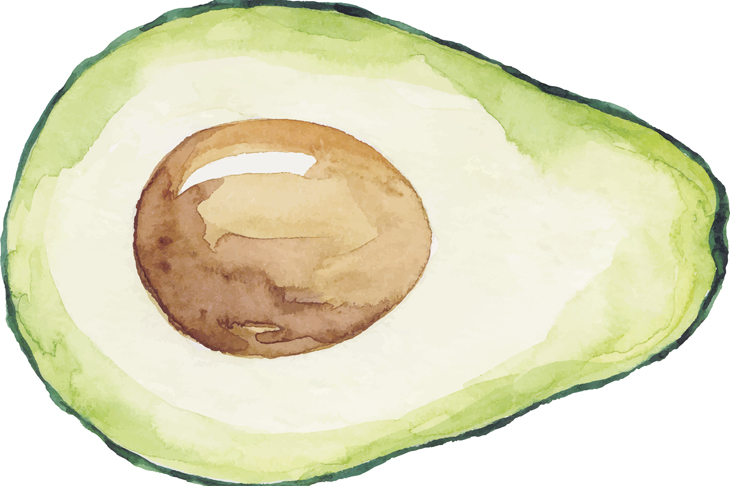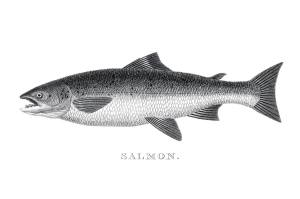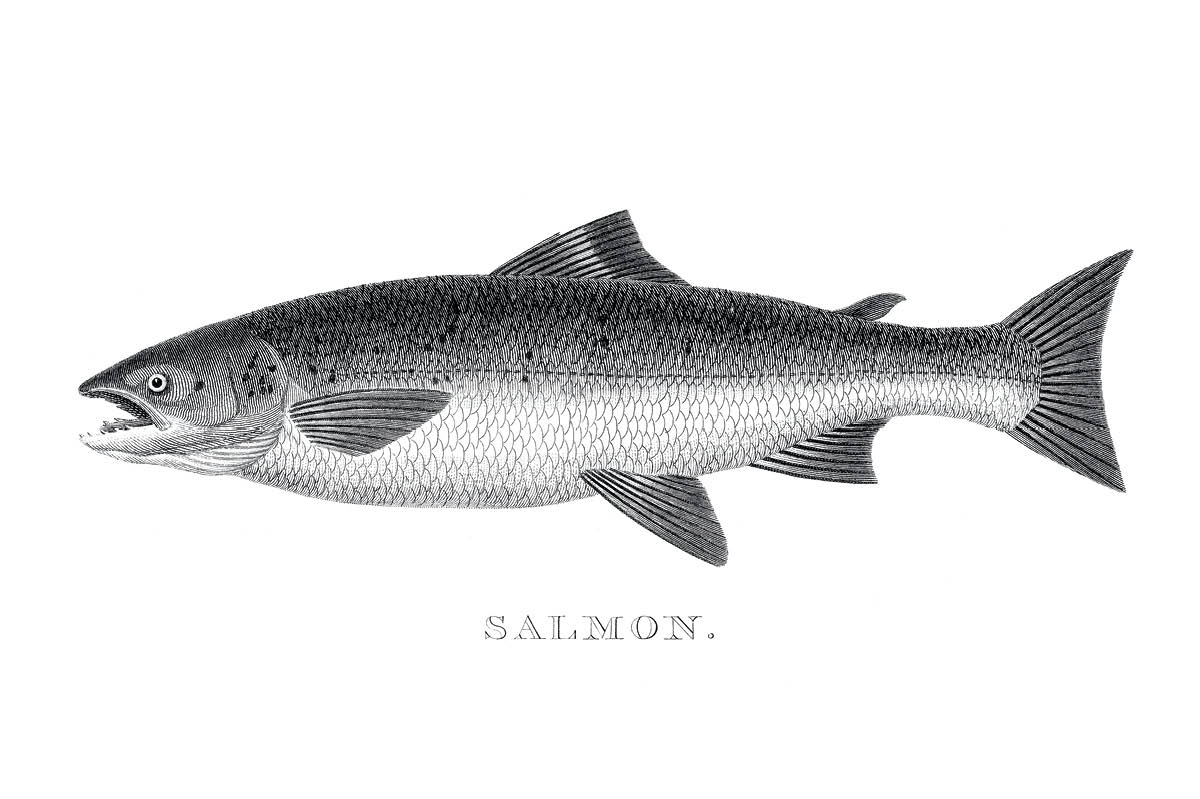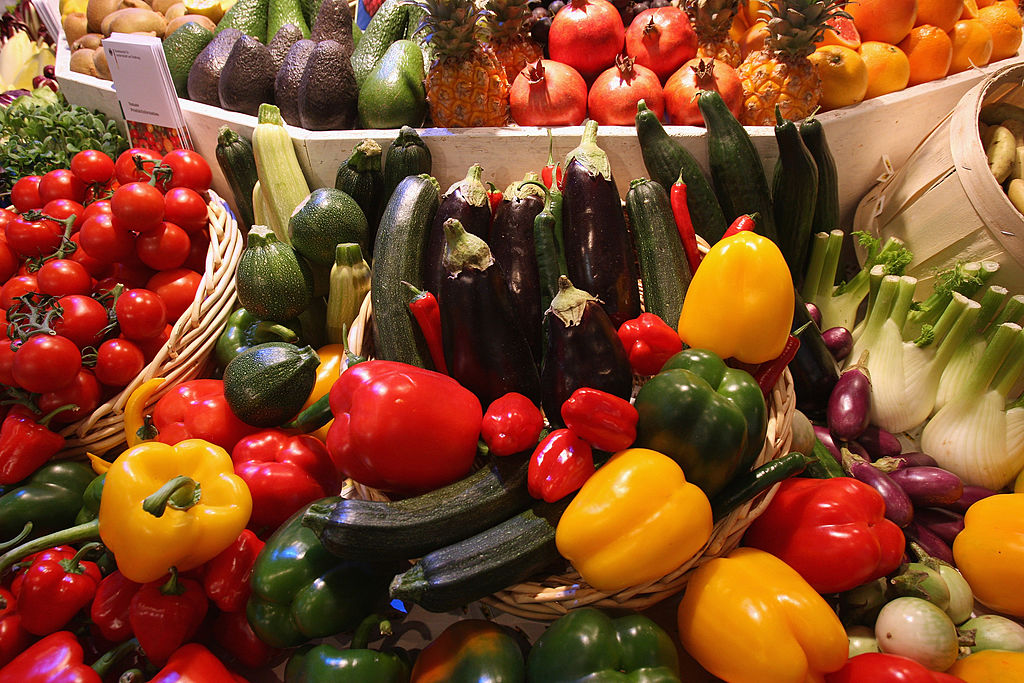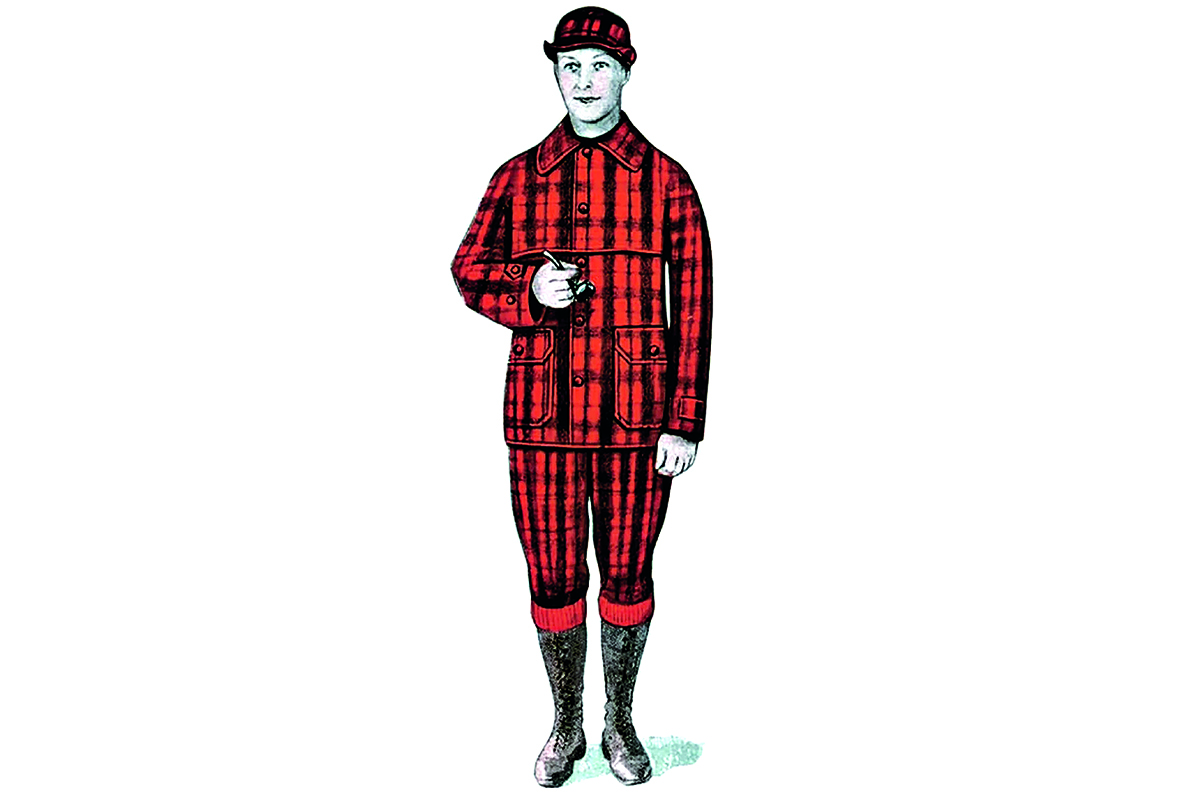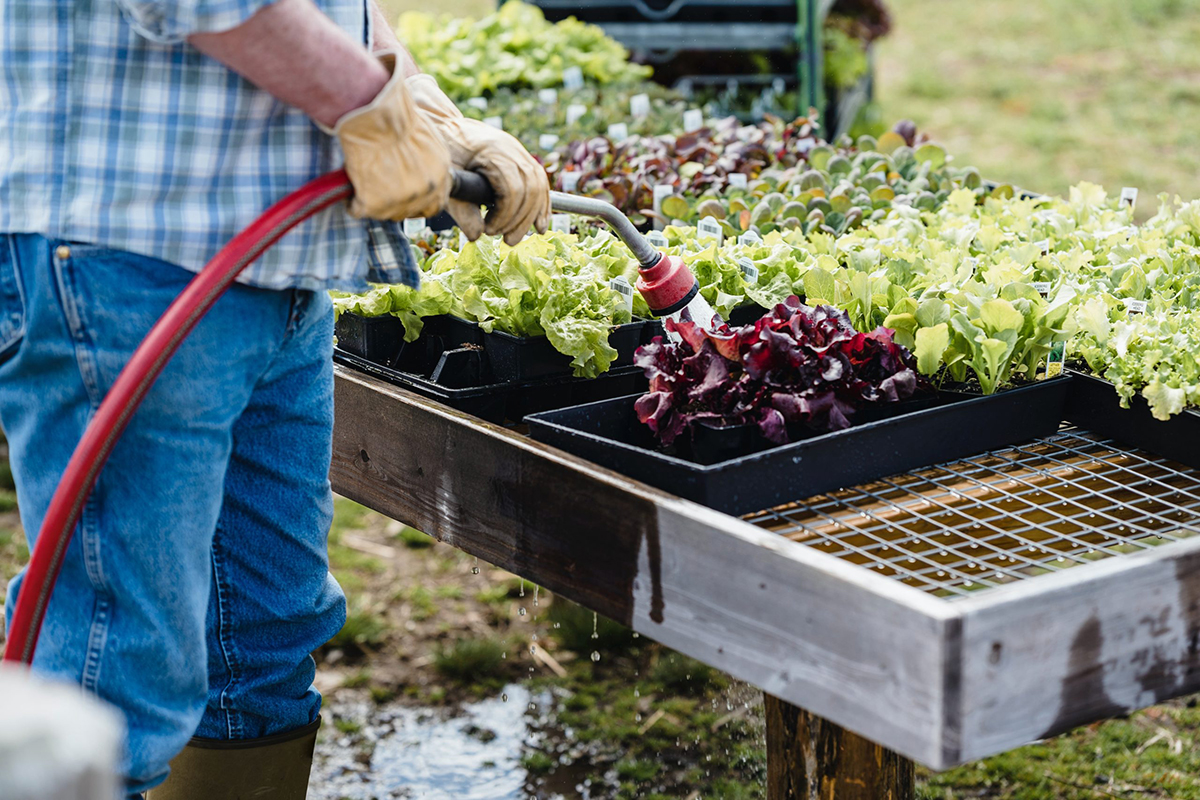Last week’s Lancet report and its ‘planetary health diet’ of next to no red meat will have bolstered the egos of vegans who claim that they are doing the Earth a favor. But just how environmentally friendly are many of the alternatives favored by vegans?
Fancy a bowl of quinoa, a grain stacked with amino acids, magnesium, phosphorous and iron, which in 2013 enjoyed the endorsement of the UN as a ‘superfood’? Not so fast. Quinoa is traditionally grown in the Andes, spanning parts of Bolivia, Peru and Ecuador, where thin soils are replenished with llama dung. Or at least they were. In the first decade of this century, quinoa production increased forty-fold as western consumers took it up with relish. The result is that land occupied by the llamas has been taken up by quinoa production; there is less dung to go around and soils have been reported to be suffering degradation. At least someone is happy: the boom has led to the farmers becoming much wealthier; many have now given up eating quinoa themselves and have adopted a more expensive western diet.
Want to eat an avocado instead? It is a similar story in the Mexican state of Michoacán, where production has increased tenfold in recent years, leading to complaints about deforestation and depletion of rivers as water-hungry avocado trees drain the streams.
Almonds? Forget it. Eighty percent of the world’s almonds are grown in California, where they have been accused of consuming 8 percent of the state’s water supply — more than is used by the cities of Los Angeles and San Francisco combined.
Tofu? Like so many vegan favorites, tofu is made from soya — a crop which has been linked to deforestation in the developing world. It is, indeed, cultivation of soya for animal feed on which much of the case against red meat is based. Give up red meat, goes the argument, and we wouldn’t need so many acres of rain forest to be put to the plough. Except that is not what a team from Cranfield University found when it looked into this issue in 2009. It concluded: ‘A switch from beef and milk to highly refined livestock product analogues such as tofu and Quorn could actually increase the quantity of arable land needed to supply the UK.’
The study also drew attention to how many popular vegan foods cannot be grown in the UK and have to be imported. A vegan diet is one likely to be very high in food miles. I suspect it hasn’t occurred to many vegans, either, that 80 percent of the world’s soya is genetically modified (GM). If you have an objection to GM technology, check the provenance of your tofu burger.
How many times have you heard the claim that meat provides only 18 percent of the calories in human diets globally and yet livestock account for 85 percent of farmland? It is supposed to shock us, but we don’t eat meat purely for the calories: we eat it for protein and vitamins and minerals that are much harder to obtain from plant-based foods.
If the ratio of calories to farmland was a worthwhile guide as to whether we should be eating a food, we would never eat another lettuce: calorie for calorie, according to a team from Carnegie Mellon University, lettuce-growing uses more farmland than bacon production.
In any case, the statistic that 85 percent of farmland is used for livestock is meaningless. Some pastureland could be given to arable purposes, but a lot of it couldnct. That 85 percent figure includes areas of extensive grazing — including much of the Lake District — where you would struggle to grow any crop but grass. Grazing these areas is all part of maintaining the land.
Eating animal products allows us to maximize agricultural production in northern latitudes, making us less reliant on transporting food from the other side of the world. Whatever problems arise from intensive meat and dairy production, we are not going to slip into an existence of environmental purity through the mass adoption of veganism.
This article was originally published in The Spectator magazine.



